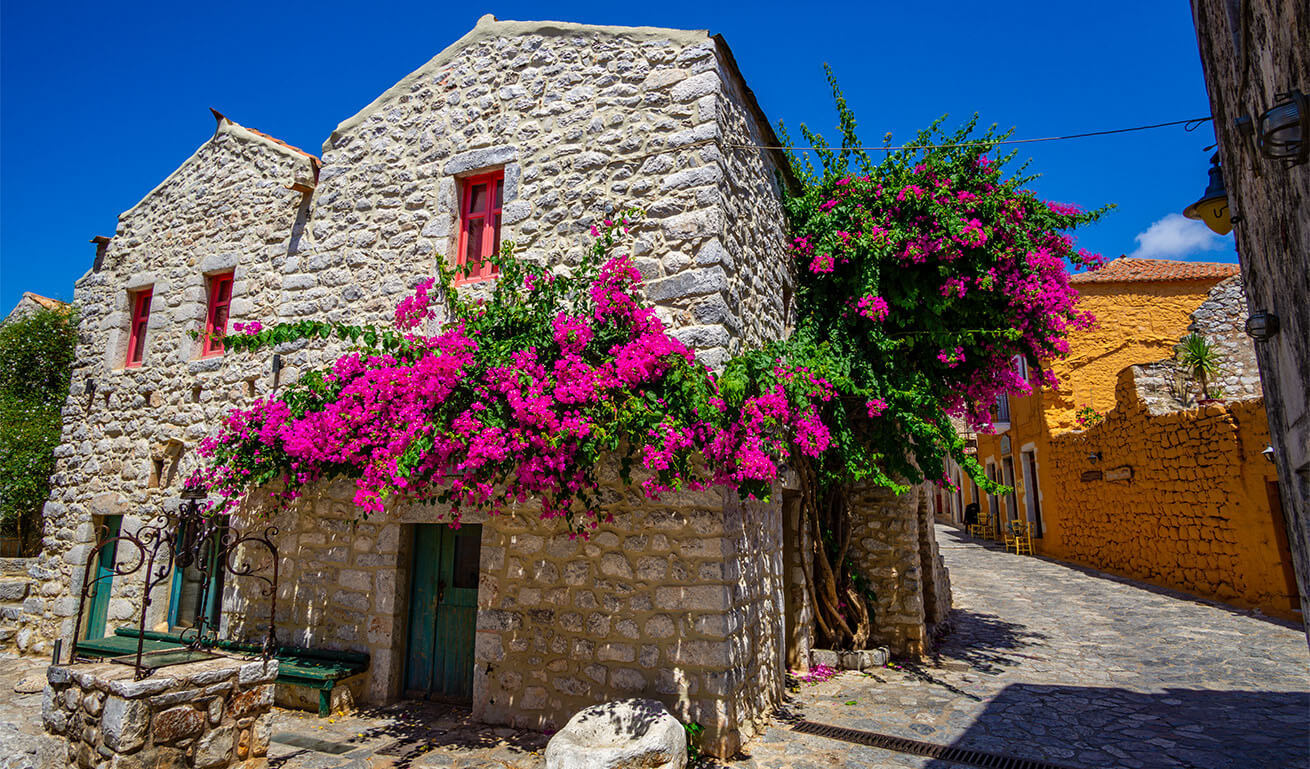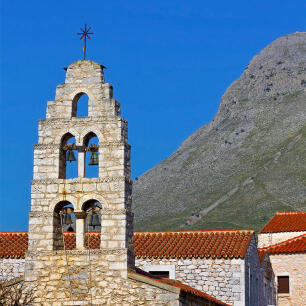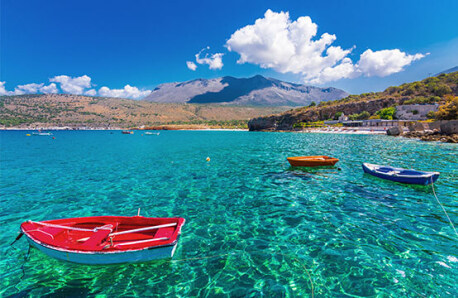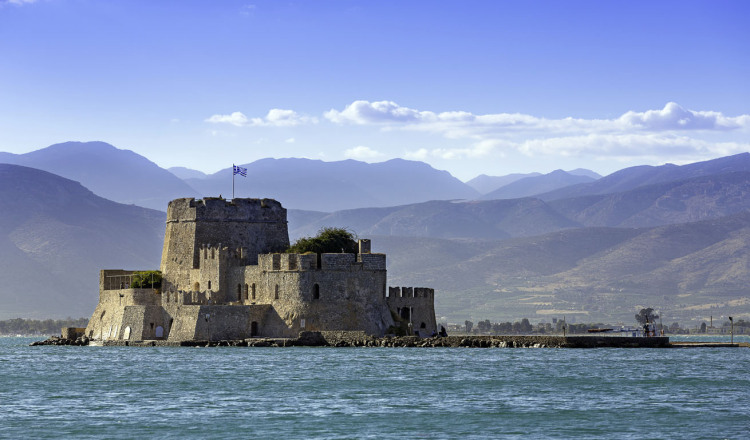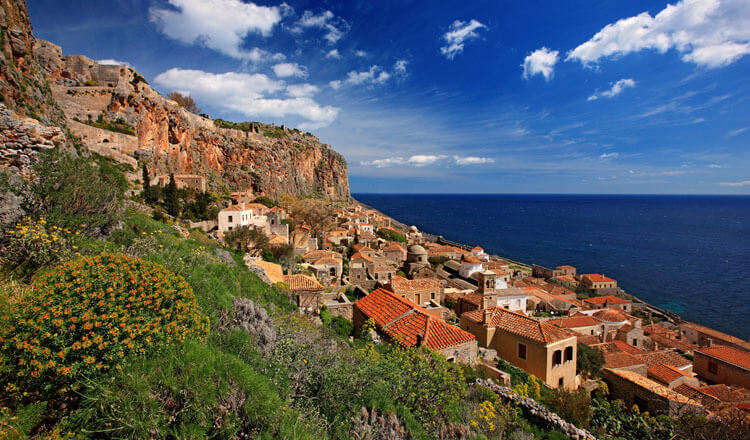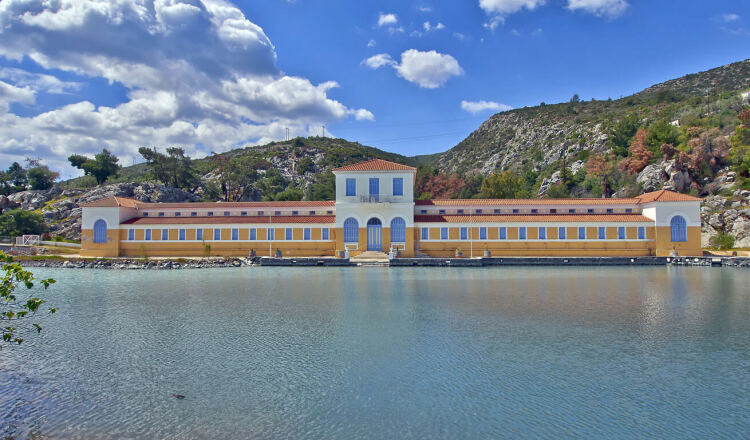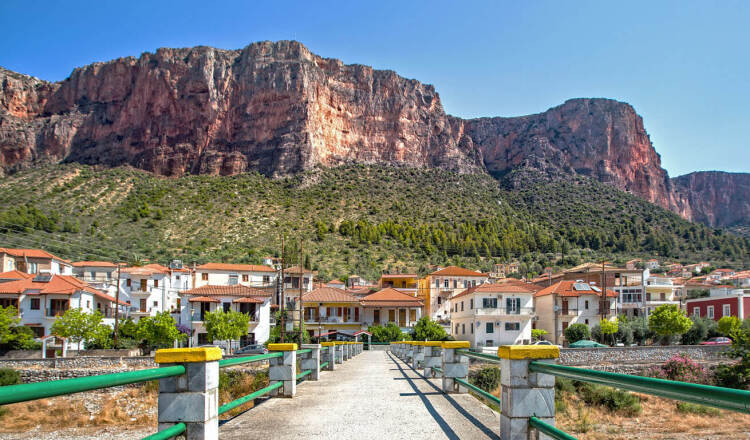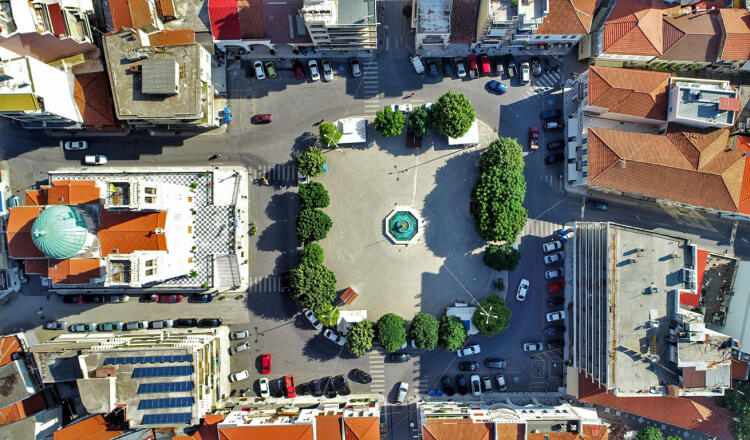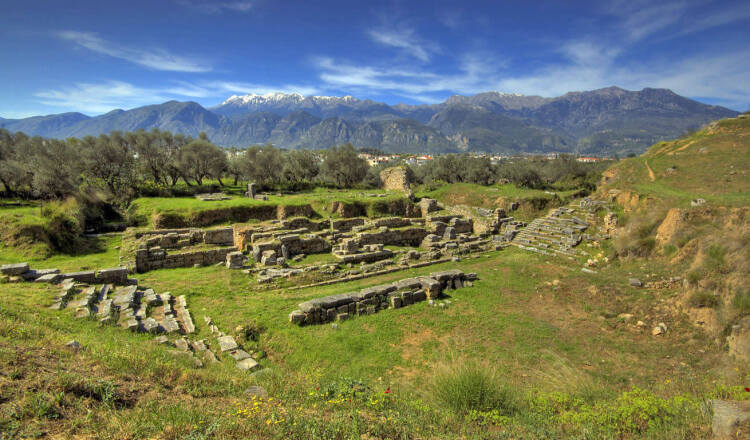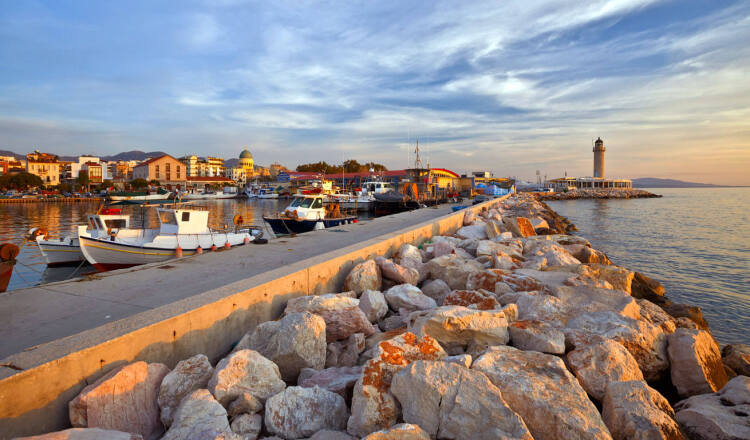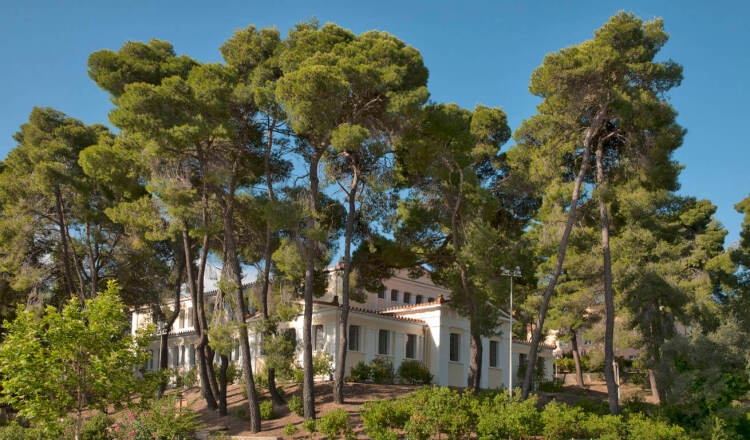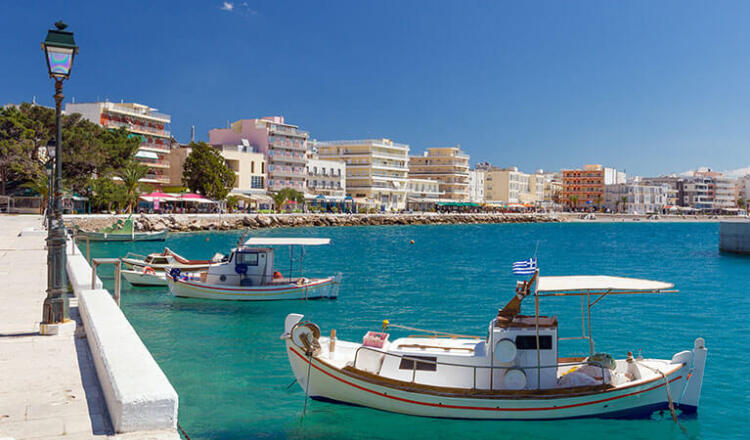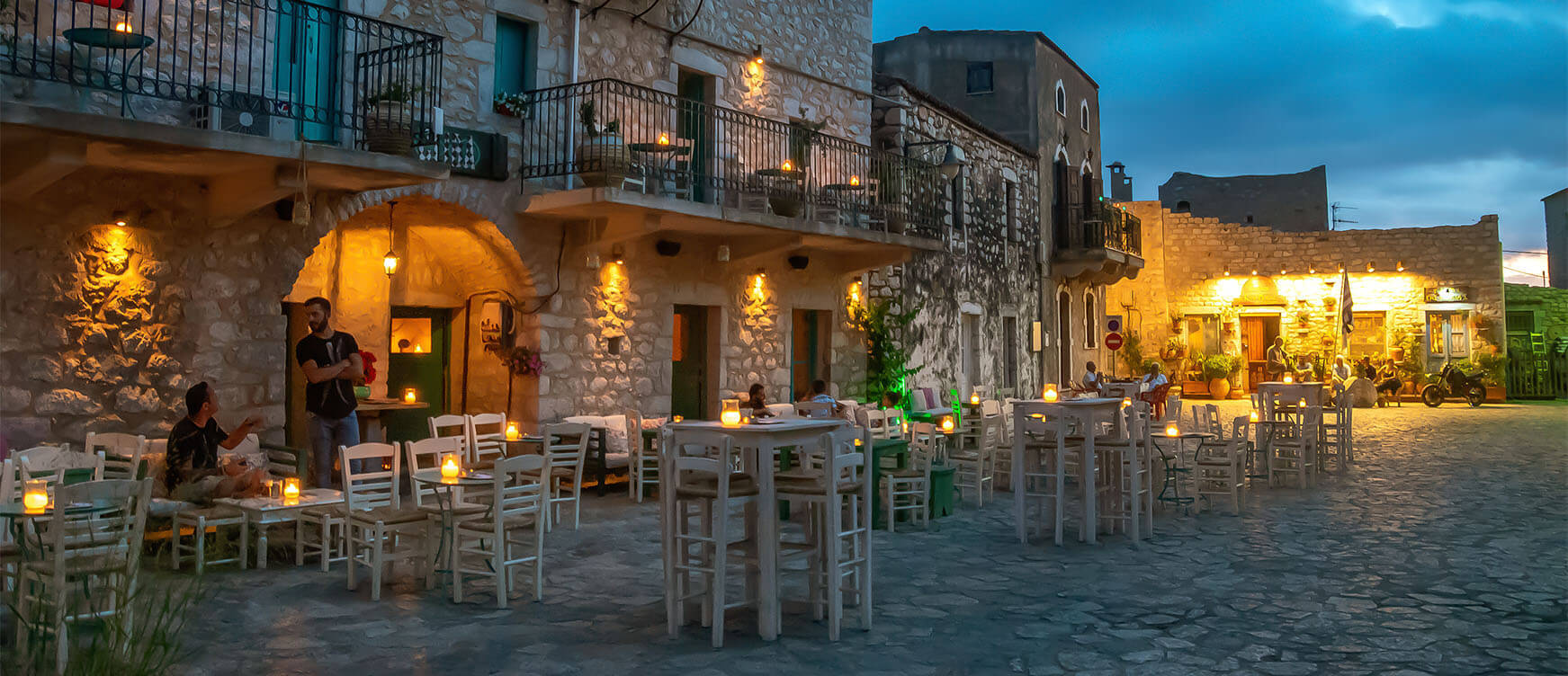
Areopoli
NOW
15 °C
Next 5 days
-
SUN
16 °C
-
MON
14 °C
-
TUES
16 °C
-
WED
16 °C
-
THURS
18 °C
Source: National Observatory of Athens /meteo.gr
“And there ahead of us, half castellated and with its roofs topped by a tower or two and the cupola and belfry of a little cathedral—lay the capital of the Deep Mani...” - Patrick Leigh Fermor
Unique Experiences
Exploring Mani’s delightful “heart of stone”
The town’s churches, dating from the 17th through the 19th century and adorned with stone reliefs, frescoes, and icons, are one of the reasons Areopoli was granted conservation status in 1998. The Church of Agios Charalambos and Panagia, on Kapetan Matapas Street, features murals from 1869. The Church of Agios Ioannis and the Church of Panagia Georgianiki, both built by the Mavromichalis family, are known for their mid-18th-century frescoes and elaborate icon screen respectively, while the Byzantine Museum of Mani, housed in Pikoulakis Tower House between the two, offers wonderful insight into the region’s history and religious customs and features some remarkable examples of Byzantine ecclesiastical art. A little further afield, perched atop the peak with which it shares its name, the Chapel of Profitis Ilias offers exceptional views over Areopoli and Mani’s stunning coastline. Across town, to the west, the area of Spilioi is the place to be for fabulous sunset views over Diros Cove.
While the area’s history feels close enough to touch, Areopoli is also thriving in the present. Its charming streets are abuzz with life, particularly during the summer months when sun-kissed holidaymakers, having spent the day swimming at the nearby beaches of Limeni, Karavostasi, Itilo, and Diros, come out for an evening of dining on delicious local fare or enjoying a glass of wine. There’s an abundance of local dishes and delicacies as characterful as the land from which they come: from siglino (a type of smoked pork which goes beautifully with the local egg-and-tomato scramble known as kayianas) and other cured meats often flavoured with oranges from Laconia’s bountiful orange groves to fresh fish caught by local fishermen, traditional travichtes fry breads, crusty village loaves baked in wood-burning ovens, local pasta, artisanal cheese from the Taygetus mountains, and loukoumades, fried dough balls served with honey alongside your afternoon cup of coffee. And then, as the sun sets and night settles in, you’ll once again be spoilt for choice, with plenty of wine and cocktail bars to choose from in Areopoli itself as well as many of the area’s hotels.

